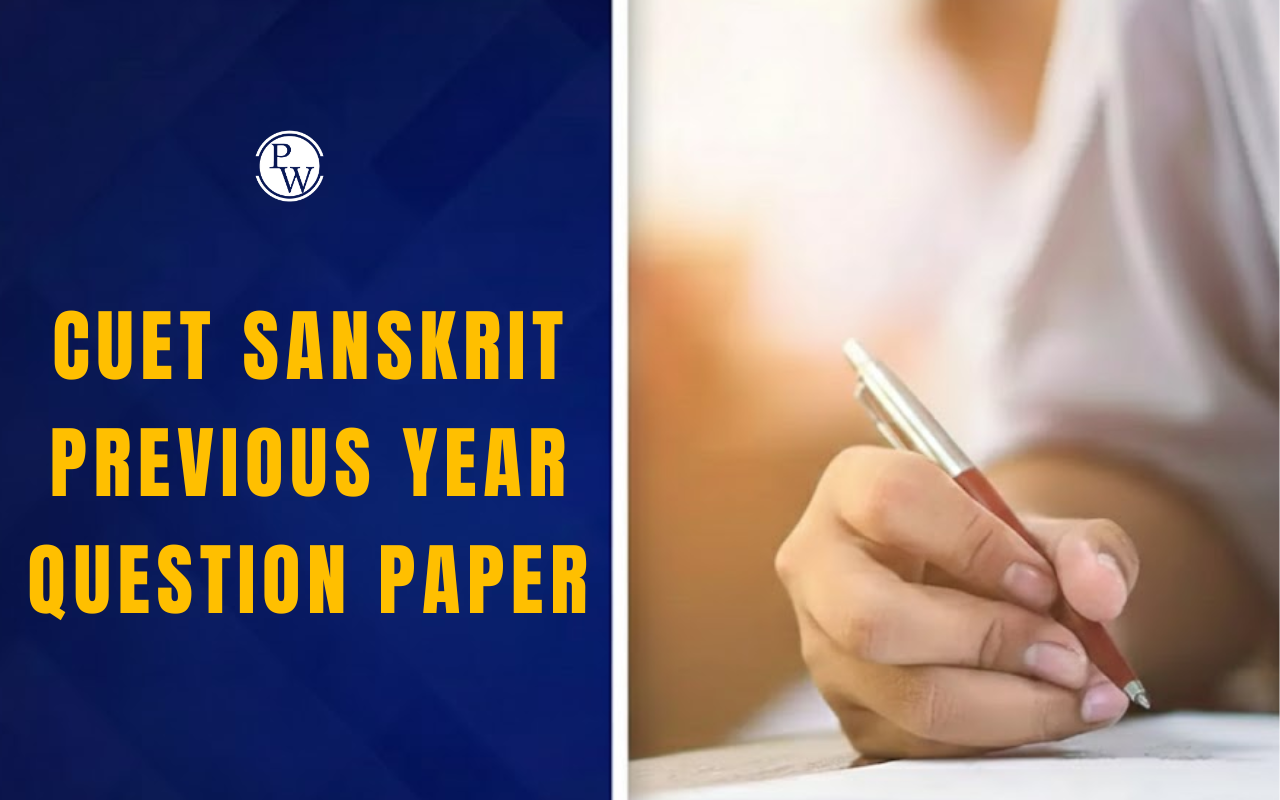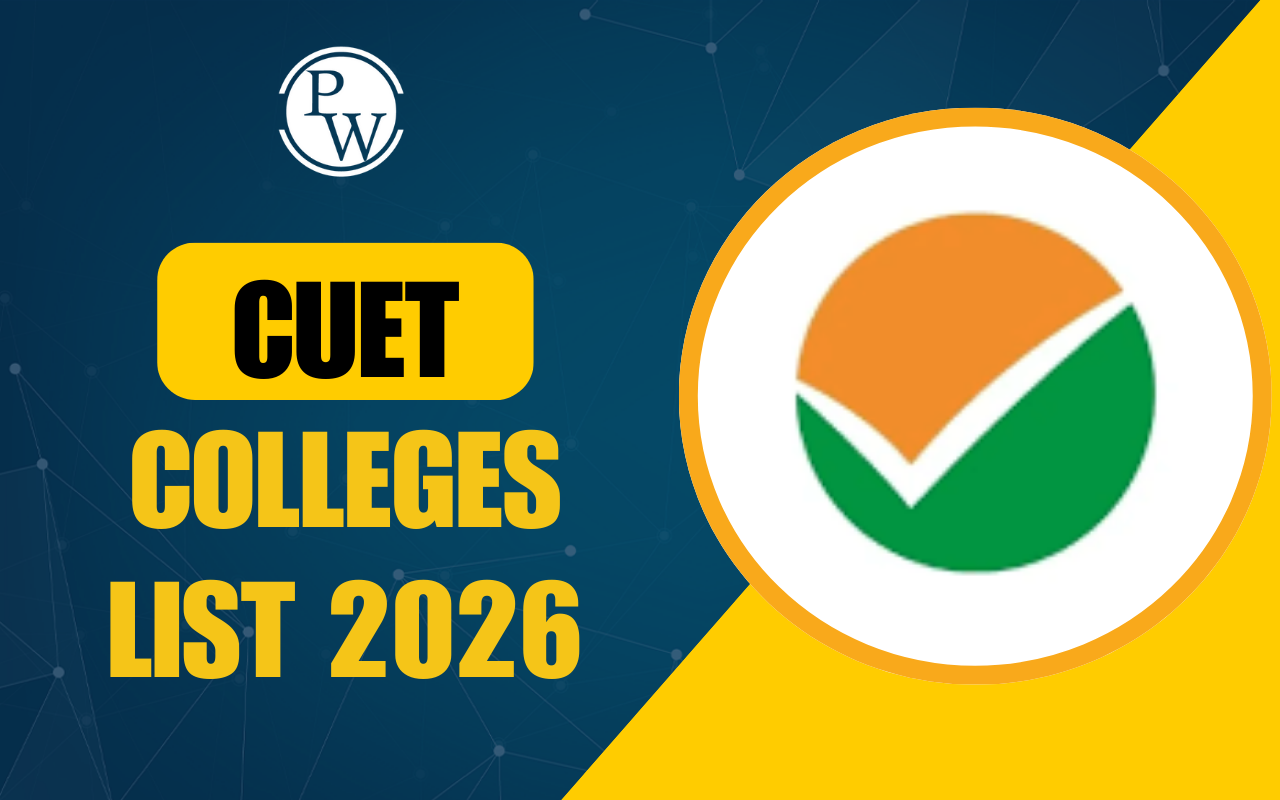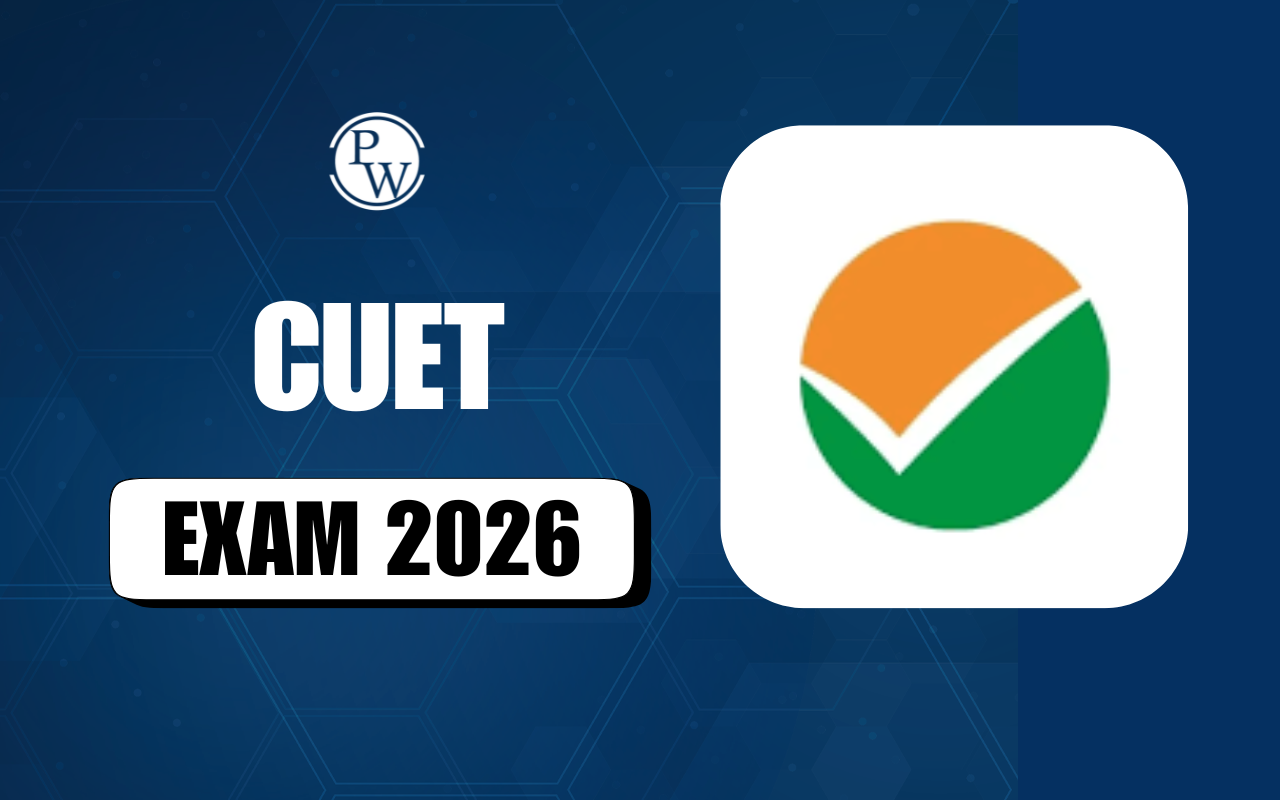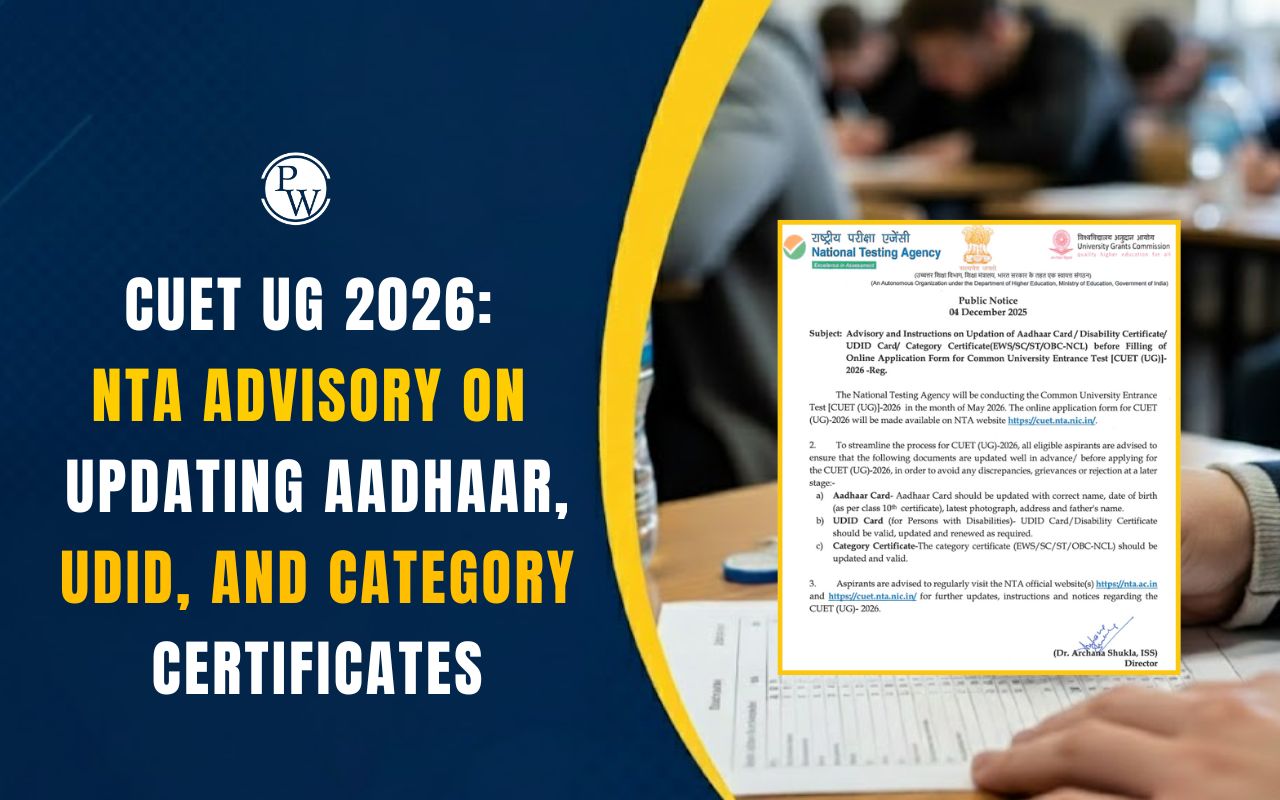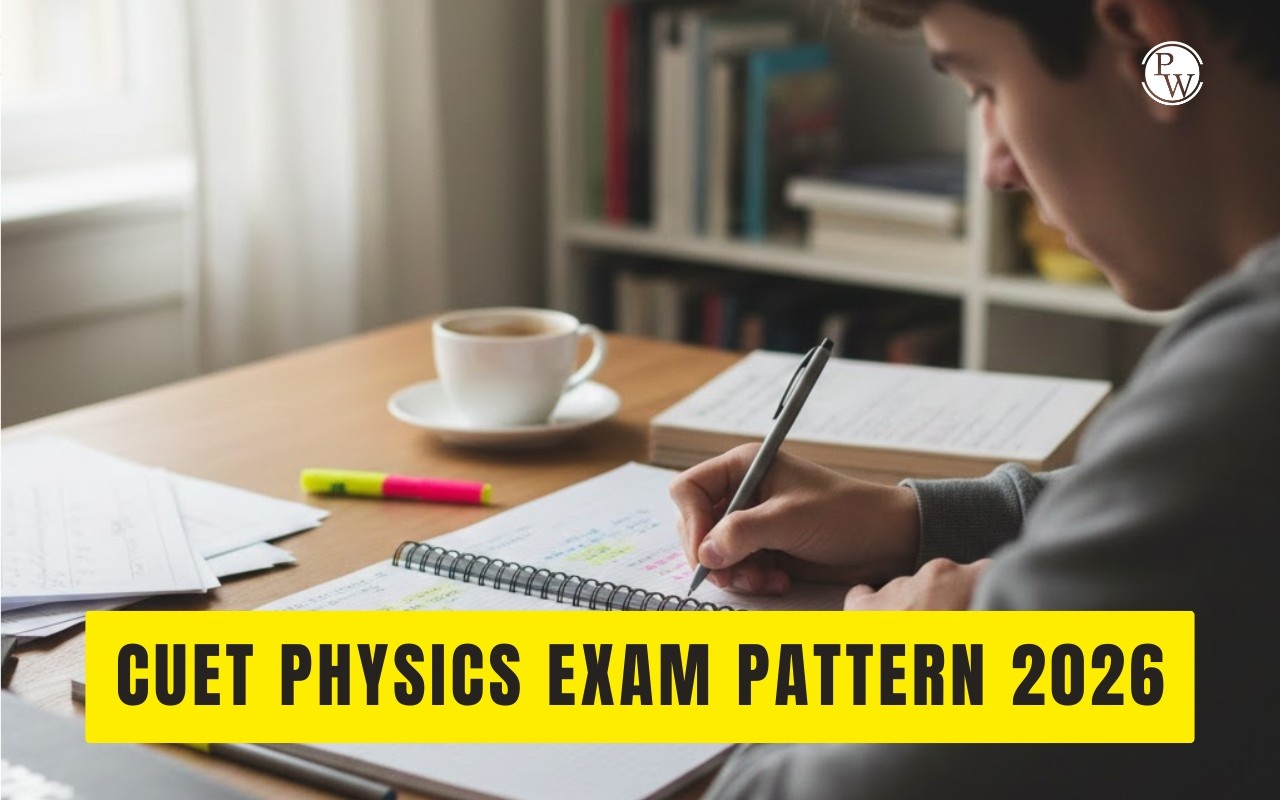
CUET 2025 May 30 Exam Analysis : CUET UG 2025 Day 15 exam was conducted successfully on May 30, 2025, in computer-based mode (CBT) across more than 300 cities in India and abroad. The National Testing Agency (NTA) held the exam in two shifts:
- Shift 1: 9:00 AM to 12:00 PM
- Shift 2: 3:00 PM to 6:00 PM
In Shift 1, Economics was moderate while Mathematics was lengthy and difficult. In Shift 2, the General Aptitude section was tougher compared to other shifts, requiring strong reasoning and time management skills.
You may also explore the CUET UG 2025 analysis for May 29 (Shift 1 and Shift 2) to better understand the ongoing exam trends and the types of questions being asked.
CUET UG 2025 exam, held for undergraduate admissions to more than 200 universities in India, is scheduled from May 13 to June 3, 2025.
Also Check : CUET 2025 May 19 Exam Analysis
CUET 2025 May 30 Shift 1 Subject-wise Paper Analysis
Below is a detailed subject-wise analysis of the exam conducted in Shift 1, highlighting the difficulty level and key highlights for each subject. This structured summary will help students understand the type of questions asked, topics covered, and the overall trend of the paper. The difficulty ranged from easy to difficult, with subjects like English, Political Science, and Geography being relatively easier, while Mathematics posed a significant challenge due to its lengthy and conceptual questions.
|
Subject |
Paper Level |
Key Highlights |
|
English |
Easy |
- 3 reading comprehension passages including one poetic. - Sentence rearrangement had high weightage (7–8 questions). - Vocabulary focused on synonyms, antonyms, idioms, and word usage. - Grammar: error detection, improvement, substitutions. - Para jumbles, connectors, and phrase usage tested. |
|
Political Science |
Easy |
- Statement-based questions. - Focus on Indian political events and post-1971 elections. - International Relations (UN, 5 picture-based questions). - Questions on Cold War, Gandhi era, global alignments. |
|
Chemistry |
Easy |
- 11 questions from Physical Chemistry. - Paragraph-based matching and block elements tested. - Conceptual clarity was essential. - Organic and Inorganic mechanism reactions asked. - Less tricky, mostly straightforward questions. |
|
Economics |
Moderate |
- Covered Micro and Macro Economics. - Cardinal Utility Theory, PPC, cost concepts. - Numerical questions on BOP, National Income, CFI/CFP. - Graph-based and current affairs-related questions included. |
|
Accountancy |
Easy to Moderate |
- Focus on Partnership & Company Accounts. - Numerical-based questions on reconstitution, retirement. - Theory on ratios, Section 4A, MCQs. - Cash Flow, Share Capital, Debenture questions included. |
|
Geography |
Easy |
- Matching-based MCQs on Zambia, Mexico, etc. - Map-based questions on railways, pipelines, sectors. - Questions on population, environment, and spatial data. - Included thematic map analysis. |
|
History |
Easy to Moderate |
- Topics: Harappan Civilization, Buddhism, Freedom Movement. - Timeline-based MCQs and factual recall questions. - Questions on Gandhi, Nehru, Subhash Chandra Bose. - Balanced focus on ancient and modern history. |
|
Mathematics |
Difficult |
- Lengthy and concept-based paper. - Topics: Probability, Vectors, Matrices, LPP, Relations & Functions. - Case-study and real-life application questions. - Required high accuracy and speed. - Word problems were complex. |
Also Check :
- CUET 2025 May 22 Exam Analysis
- CUET 2025 May 26 Exam Analysis
- CUET 2025 May 27 Exam Analysis
- CUET 2025 May 28 Exam Analysis
CUET 2025 May 30 Shift 2 Subject-wise Paper Analysis
Here is the detailed subject-wise analysis of Shift 2, covering the difficulty level and key highlights for each paper. This structured format will help students get a quick yet in-depth understanding of the exam trend, important topics, and areas of focus. In this shift, General Aptitude was found to be relatively tough, while Chemistry and Physics remained on the easier side. Mathematics, once again, proved to be the most challenging due to its length and conceptual depth.
|
Subject |
Paper Level |
Key Highlights |
|
General Aptitude |
Tough (Compared to other shifts) |
- 15–20 GK questions on topics like the Missile Woman of India, Kumarakom (Western Ghats), Tyndall Effect. - 15 Reasoning questions: Blood Relation, Direction Sense, Clock Problems, Coding-Decoding, etc. - 15 Quantitative questions: Mensuration, Probability, Algebra, Height & Distance, CI, Percentage, Parallelogram, etc. |
|
Chemistry |
Easy |
- Focus on Organic and Physical Chemistry. - Questions from: IUPAC of Metacresol, Freon Formula, Swarts Reaction, Azo Coupling, SN2 in Aryl Halide. - Other topics: Boiling Point, Henry's Law, Molality, Hybridisation, Uracil, and Amino Acids. |
|
Mathematics |
Difficult & Lengthy |
- Focused on Calculus & Integration. - Topics: Derivatives, Differential Equations, Linear Programming (4–5 Qs), Integration, Parabola, Dot & Cross Product, Type of Relation. - Fewer questions from Matrices & Determinants. - Overall paper was lengthy and complex. |
|
Physics |
Easy to Moderate |
- Students attempted 35–40 questions. - Fewer Modern Physics questions; major focus on Ray Optics, Moving Charges & Magnetism. - Around 10–12 formula-based questions with high scoring potential for conceptually clear students. |
|
Accountancy |
Easy to Moderate |
- Balanced mix of theory and numerical. - Topics: Partnership (Gaining/Sacrificing), Admission of Partner, Goodwill, Share Capital, Accounting Ratios. - Included conceptual fundamentals and sequencing questions. |
|
Economics |
Moderate to Difficult |
- Microeconomics (50%): Introduction (Adam Smith), MC-MR in Producer Equilibrium, Perfect Competition, Price & Determination. - Macroeconomics (50%): Balance of Payments (BOP), application-based numericals. - Required clarity in both concepts and reasoning. |
Also Check : CUET 2025 May 29 Exam Analysis
CUET 2025 May 30 Good Attempts(Expected)
We will share the expected number of good attempts for each shift to help students gauge how many questions they should aim to answer correctly for a competitive score.
|
CUET 2025 May 30 Good Attempts (Shift 1 & Shift 2) |
|
|
Shift 1 Good Attempts |
Shift 2 Good Attempts |
|
Updated Soon |
Updated Soon |
|
Updated Soon |
Updated Soon |
|
Updated Soon |
Updated Soon |
|
Updated Soon |
Updated Soon |
|
Updated Soon |
Updated Soon |
|
Updated Soon |
Updated Soon |
Category-Wise CUET 2025 Expected Cutoff
The expected CUET 2025 cutoff by category is provided below. These projected scores can give students an idea of the marks likely required for admission into top universities.
|
Category |
Expected CUET 2025 Cutoff Range (Out of 250) |
|
General (UR) |
170 – 220 |
|
OBC-NCL |
140 – 190 |
|
EWS |
150 – 200 |
|
SC/ST |
120 – 170 |
Physics Wallah CUET UG Online Coaching
Physics Wallah offers online CUET UG coaching through live classes, extensive study materials, and mock tests. These courses are designed to make learning easy and improve your preparation for the CUET UG exam in an effective manner.
CUET 2025 May 30 Exam Analysis FAQs
What was the overall difficulty level of the CUET 2025 May 30 exam?
Which subjects were easy in Shift 1?
What factors made the General Aptitude section in Shift 2 more challenging?
What was the difficulty level of the Economics paper in Shift 1?
Was Mathematics tough in both shifts?


